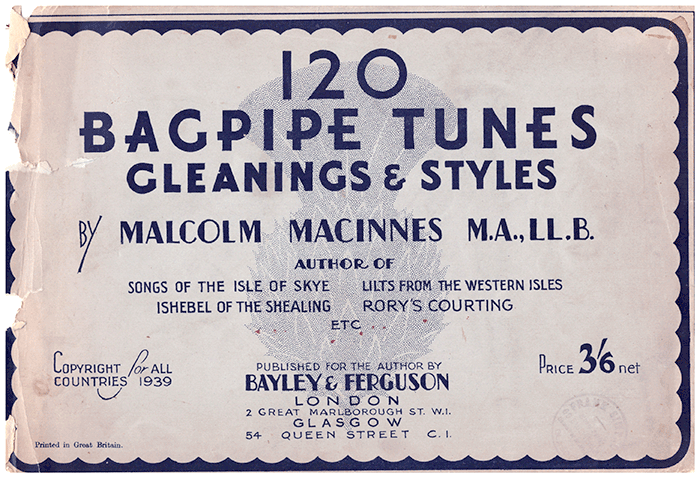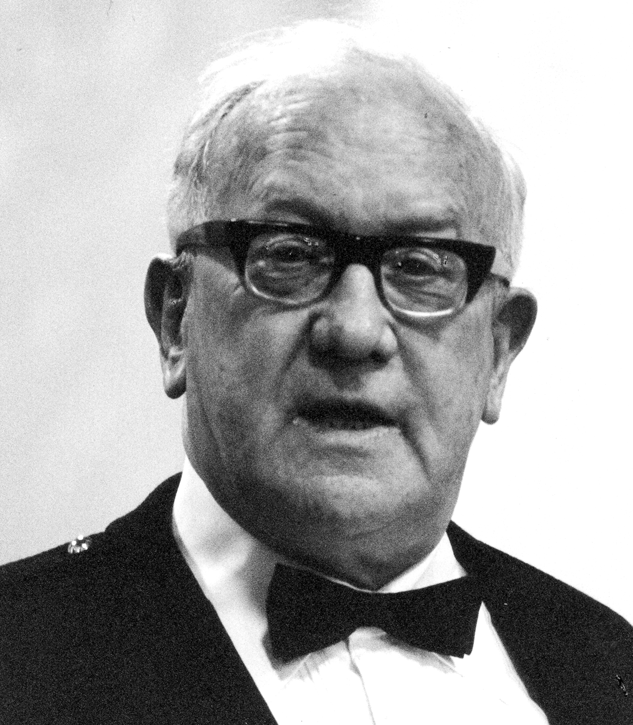
By Robert Wallace
Whatever happened to the pleasant tuning phrase, the melodious trill of notes as the piper settles himself before the off? Where are the measured tones, the little parcels of tunefulness by which he tests his drone tuning, his chanter intervals?
There seems to be no rhyme or reason to much of what we hear today. Often is a machine gun like rattle of triple grace-noted birls, a concatenation of clever-clogs clips up the scale and down again. There’s no reference to the tune that we are about to hear, no foretelling of the musical delights that await us.
The late David Murray, a student of Robert Reid and Willie Ross, would insist that tuning preludes must reflect the piobaireachd that was about to be played.
If it was Patrick Og, then make sure your phrases showcased high and low G. Mary MacLeod? Give us the chording notes of low A, C, E high A, not forgetting F and that rogue high G.
And David was no slouch. He could easily have competed professionally had he had the time and social pathway to do so. He knew what he was talking about.
Looking through my music collection the other day I came across a book ‘120 Bagpipe Tunes’ by a Malcolm MacInnes MA LLB from 1939 and published by Bayley & Ferguson the London and Glasgow publishers.
I don’t know how good a player Mr MacInnes was but they are smart men these lawyers (well some of them) and his book is full of first class settings and unusual tunes I hadn’t come across before. ‘Lovers in the Sheiling’, ‘It is Long to the Wedding’ are two from the saucy devil.
But on page 57, beneath a good wee strathspey ‘Silly Billy’, we find ‘Phrases for Tuning’. Eight in total and here they are:

The first could be used for general tuning to check if the drones are ‘on’; the second for top hand to bottom chips – does the chanter need adjusted left or right; the third – how’s the bottom hand to top octave?; the fourth for a major key piobaireachd; ditto the fifth, particularly one with a preponderance of F such as MacIntosh’s Lament; the sixth checks the fingers; the seventh for the aforemioentioned Patrick Og or the King’s Taxes; and the last another for the fingers.

Make up your own if you don’t fancy any of these but think about what you are doing. In a ceol mor contests there is nothing worse than hearing the fast fingered merchant rapid-firing his/her way to the first hiharin. Better to set the mood and the ears of the listeners with something in symnpathy with the tune you are about to play. And don’t get me started on slow airs.
In ceol beag it matters too what you play pre-performance. The contest begins the minute you blow up the pipe. The judges will be assessing immediately if your instrument is up to the task. Hopefully it will be and in the three or four minutes before you begin (no more than that!) you will bring out the best in the pipe with some apposite tuning preludes. It’s all part of the performance package so don’t be found wanting.
- There is a lengthy tuning prelude by John MacDonald, Inverness, on the Piobaireachd Society website. The score is available to all and the recording of the master playing it to members. Click on the ad. below to join. If anyone has any information on Malcolm MacInnes I’d be grateful if you could forward it. Anyone wishing a copy of the ‘Tuning Phrases’ featured above can download them here:
















Just don’t play the last one if tuning up for the Battle of Waternish! Also in that collection are a few interesting attempts at metered pibroch grounds with E cadences written out in time.
Can we get a recording of you playing them?
Will try to get round to it Ross. RW